Minsung Yoon
Efficient Navigation Among Movable Obstacles using a Mobile Manipulator via Hierarchical Policy Learning
Jun 18, 2025Abstract:We propose a hierarchical reinforcement learning (HRL) framework for efficient Navigation Among Movable Obstacles (NAMO) using a mobile manipulator. Our approach combines interaction-based obstacle property estimation with structured pushing strategies, facilitating the dynamic manipulation of unforeseen obstacles while adhering to a pre-planned global path. The high-level policy generates pushing commands that consider environmental constraints and path-tracking objectives, while the low-level policy precisely and stably executes these commands through coordinated whole-body movements. Comprehensive simulation-based experiments demonstrate improvements in performing NAMO tasks, including higher success rates, shortened traversed path length, and reduced goal-reaching times, compared to baselines. Additionally, ablation studies assess the efficacy of each component, while a qualitative analysis further validates the accuracy and reliability of the real-time obstacle property estimation.
Central Angle Optimization for 360-degree Holographic 3D Content
Nov 10, 2023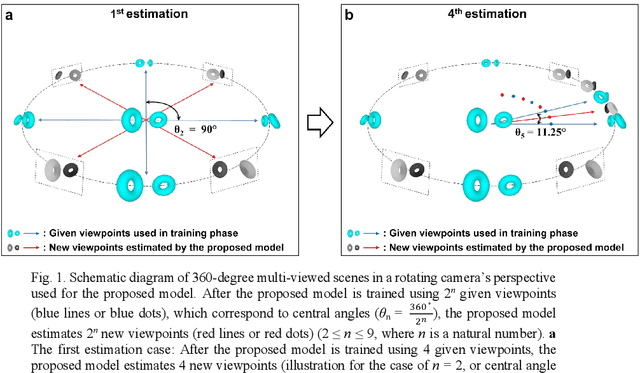
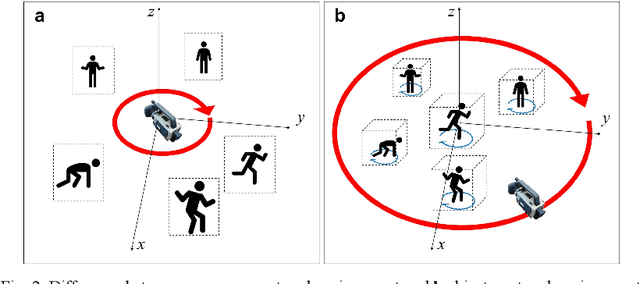

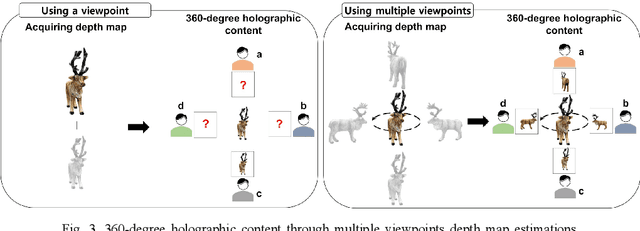
Abstract:In this study, we propose a method to find an optimal central angle in deep learning-based depth map estimation used to produce realistic holographic content. The acquisition of RGB-depth map images as detailed as possible must be performed to generate holograms of high quality, despite the high computational cost. Therefore, we introduce a novel pipeline designed to analyze various values of central angles between adjacent camera viewpoints equidistant from the origin of an object-centered environment. Then we propose the optimal central angle to generate high-quality holographic content. The proposed pipeline comprises key steps such as comparing estimated depth maps and comparing reconstructed CGHs (Computer-Generated Holograms) from RGB images and estimated depth maps. We experimentally demonstrate and discuss the relationship between the central angle and the quality of digital holographic content.
Genetic Algorithm for Constrained Molecular Inverse Design
Dec 23, 2021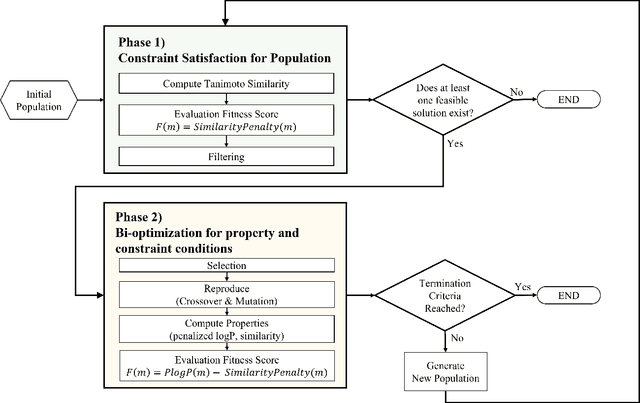
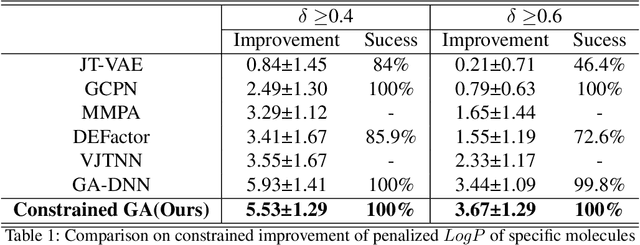
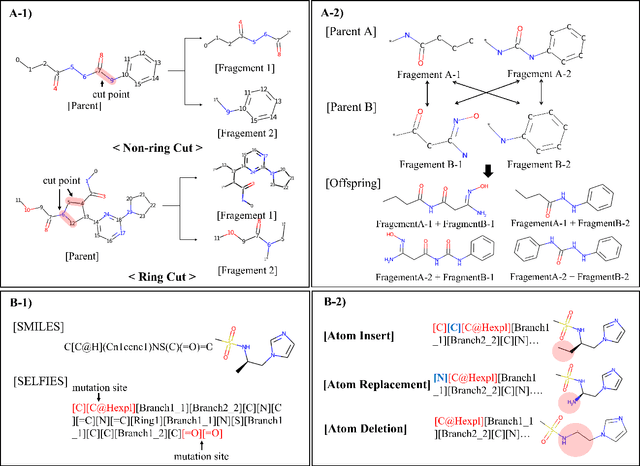
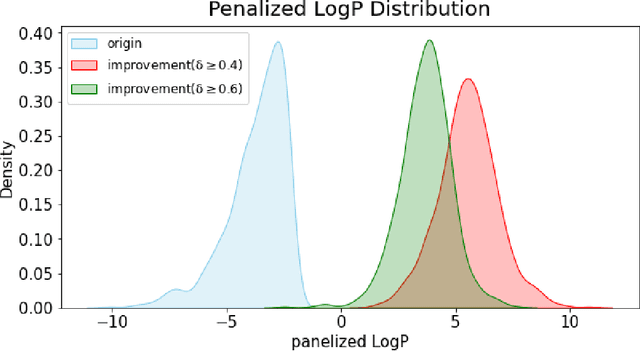
Abstract:A genetic algorithm is suitable for exploring large search spaces as it finds an approximate solution. Because of this advantage, genetic algorithm is effective in exploring vast and unknown space such as molecular search space. Though the algorithm is suitable for searching vast chemical space, it is difficult to optimize pharmacological properties while maintaining molecular substructure. To solve this issue, we introduce a genetic algorithm featuring a constrained molecular inverse design. The proposed algorithm successfully produces valid molecules for crossover and mutation. Furthermore, it optimizes specific properties while adhering to structural constraints using a two-phase optimization. Experiments prove that our algorithm effectively finds molecules that satisfy specific properties while maintaining structural constraints.
An Effective GCN-based Hierarchical Multi-label classification for Protein Function Prediction
Dec 06, 2021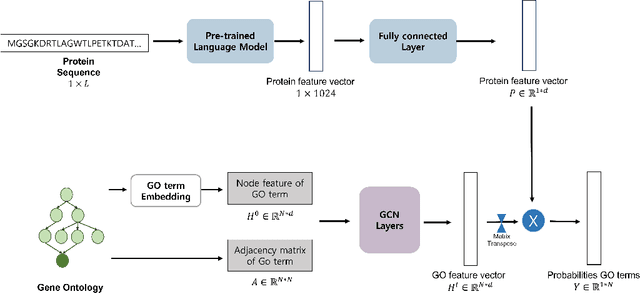

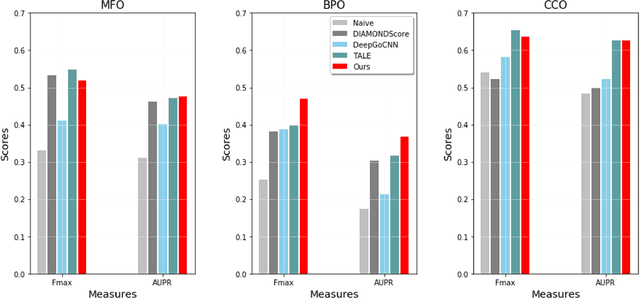
Abstract:We propose an effective method to improve Protein Function Prediction (PFP) utilizing hierarchical features of Gene Ontology (GO) terms. Our method consists of a language model for encoding the protein sequence and a Graph Convolutional Network (GCN) for representing GO terms. To reflect the hierarchical structure of GO to GCN, we employ node(GO term)-wise representations containing the whole hierarchical information. Our algorithm shows effectiveness in a large-scale graph by expanding the GO graph compared to previous models. Experimental results show that our method outperformed state-of-the-art PFP approaches.
 Add to Chrome
Add to Chrome Add to Firefox
Add to Firefox Add to Edge
Add to Edge